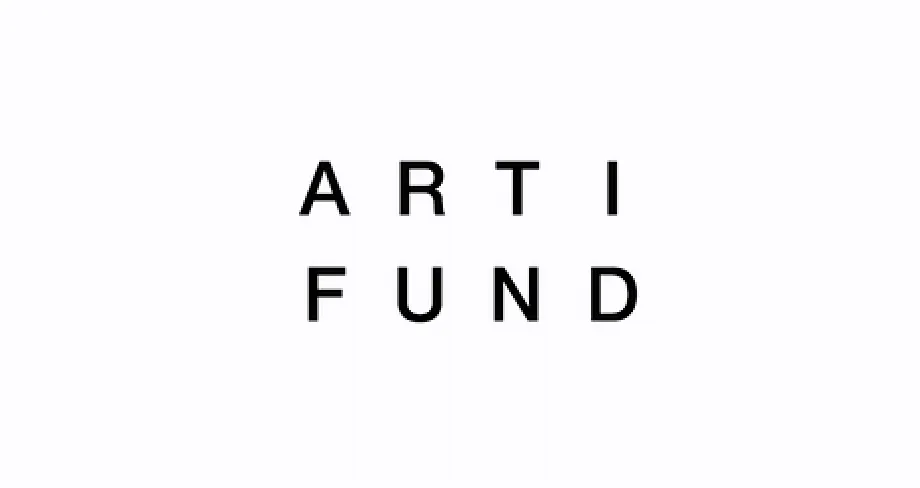The Website As a Canvas
While it's important that your website is concise and easy to navigate, thinking outside the box will help set you apart in a sea of unoriginality.


Imagine if Salvador Dali or Pablo Picasso had to market themselves in the 21st century. I, for one, am certain that their websites would be reflective of their respective styles. Imagine a surrealist website created by Dali – perhaps the motions of the cursor would be inverted? Can you try to picture trying to drag a phallus-shaped arrow upwards, when, instead, it pulls you down, melting in a way that creates an illusion akin to erecting directly in your face?
Alternatively, try to picture a Cubist website designed by Pablo Picasso. An avatar would probably be in place of a cursor, and you’d have to try and navigate it through a distorted, cubist world. To get to Picasso’s contact details or find his gallery’s address, you’d have to navigate through this sharp-edged digital world.
Alas, unlike art, websites serve a utilitarian function. A website’s success can be measured because it seeks to accomplish a fixed task. The task is to create a user-friendly interface that will showcase a maximum amount of information with a minimal amount of clutter.
Here are the five foundational principles for a website’s user experience.
- Information
- Design
- Usability
- Visual Design
- Prototype Engineering
Artists have a unique opportunity to break the boundaries of these existing functionalities. Why not design a website that is optimised for a consumer interface? Artists, more so that web designers can experiment with new and ergonomic ways to achieve maximum user satisfaction. Wouldn’t it be fascinating to see French critical theory applied to website design?
The digital marketplace necessitates that an aspiring artist must have a website – it is essential if an artist wants to leave a digital footprint. This especially rings true when it comes to the art market, which is dominated by well-known auction houses and galleries.
The beauty of the internet is that it lets artists market themselves while sidestepping art dealers. Curiously, most galleries’ websites tend to look almost identical; in fact, this is the case with most commercial-minded websites. Sure, they’re slick – but they’re also boring. We’ve thus exposed the limits of marketing creativity; galleries and risk management consultancies use the same ideas to convert their customers. You owe it to yourself to distinguish yourself from such unoriginality.

Fun(k)tionality
While web content and web navigation absolutely has to be clear, concise, and straightforward, it should also be original. When someone visits your website for the first time, they need to immediately know who the artist is, what their art looks like, and what it represents, etc. In short, a website has to deliver its function.
Art websites that lack in these essentials and/or make common mistakes are at risk of losing visitors’ attention, and will likely end up lost in the morass of nonfunctional websites that overpopulate the internet. In order to avoid this, one can start using an art-specific domain.
An artist trained in visual javascript will have the advantage of creating an artistically styled website. It might not necessarily have to be interactive, but, instead of a classic template, you could have links scattered around the page in unexpected places. What if the website was an artwork itself?
Some food for thought: an artist doesn’t necessarily have to exhibit themselves online in a 2-dimensional format. Artists could recreate their studios in 3D and invite users on a virtual tour; curating art in such a way not only helps it stand out but also allows it to be fully appreciated.
How to link your .ART domain to your website Read MoreThe Content
It’s important that besides just being original, an art website also covers the basics. It needs to showcase a decent sample of the artwork and include the artist’s contact information.
The gallery section of an art website is obviously key and requires thoughtful curation. Try not to overload this section but do ensure that it shows a good range of your artistic skills. Make sure that the website works smoothly and that all the images load quickly. If the artist is selling their artworks, prices need to be listed.
It’s also wise to include a concise artist statement that helps explain what your artwork stands for as well as its function and philosophy. It’s best to communicate this using plain English and avoid obscure and pompous terminology.
To complement your artistic vision, it’s often helpful to include a summary of your professional experience. This helps give the reader an overview of your education, awards, and honours. This section should also detail any related art experience and articles that you may have published.
Don’t forget to include your contact details such as your address, telephone number, and email. This information is proving to be increasingly useful for search engine optimisation. If you can, try to include these details in several parts of the website – this helps improve your page rank.
Social Media
The world needs to know about you and your website – so get your art out there! You don’t necessarily have to blatantly post pictures of your art on Instagram or Facebook. Think bigger – you can go viral. Use your unique style to create clever puns to attract a wider audience. Head to YouTube and make a creative animation and link it to your webpage. It can serve as a magnet to attract bigger traffic.
The same approach can be applied to Instagram. A clever, punchy, and relevant post that gets widely shared is a great way to gain new followers. Think Banksy’s ‘rats wreaking havoc in the bathroom’ coronavirus post.

Banksy’s work-from-home art during the coronavirus lockdown. Banksy / Instagram
Google regularly comes up with graphics for holidays and historical figures’ birthdays; these can be wonderfully interactive and educational. With this in mind, it might be worthwhile to create your website in such a way that it allows you to update its design every so often.
There are many basics to cover in order to make a good website. You need to consider the interface and navigation. Careless mistakes, such as forgetting to mark art that is sold as still for sale, will look unprofessional. But, while covering the basics, please do take the time to also think outside the box.






